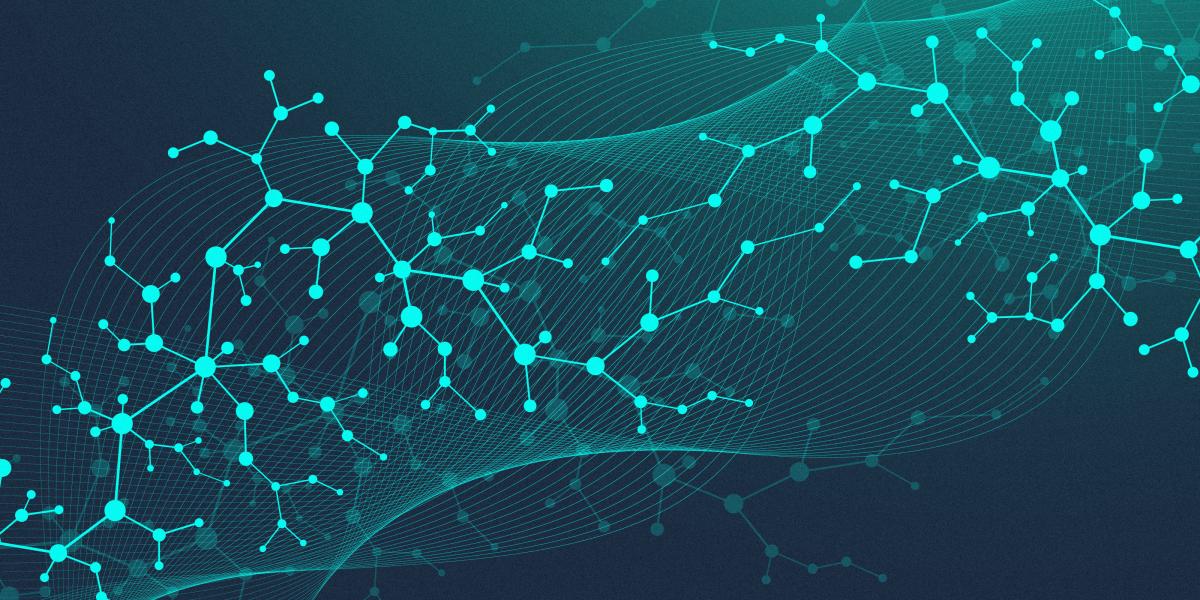A Cog in the Dark Heart
Here's one of my secrets: I was once a fry cook at Popeye's Fried Chicken.
I was 16 and eager to earn some money. Mostly the work involved dumping plastic tubs of chicken into flour and then dumping the legs, thighs and breasts into the fryer. I would dump french fries in the fry vat, too.
As you might imagine, the job was dismal. I worked until 2 a.m. and came home reeking of grease. Every night we had to filter the fryer's grease, then scrape out the muck so the grease could be reused. In my second week there, the assistant manager pointed out a co-worker and told me bluntly that I should work harder because that guy wanted my job. I quit after a month, and I still thank God every day that I never had to go back. I know I'm lucky; many people don't have the opportunities that I had.
I wasn't educated enough then to realize that I was one of many cogs working in the dark heart of the vast agro-industrial complex. The whole system has to move with assembly-line precision: from the raising of chickens to proper weight to their processing and properly timed delivery to fry vat.
The average consumer doesn't consider those costs. But people like Terry Spence do. The Missouri farmer's life changed irrevocably when a concentrated animal feeding operation set up next door. I first heard Terry share his story in a food systems course that Bob teaches. Terry's lecture and others in the course helped me see the big picture of food: where it comes from, how it's made and how it connects to human health. (A version of this course is available for free on Coursera. I highly recommend it.)
The course made me stop and think. I hope this issue does the same for you.
